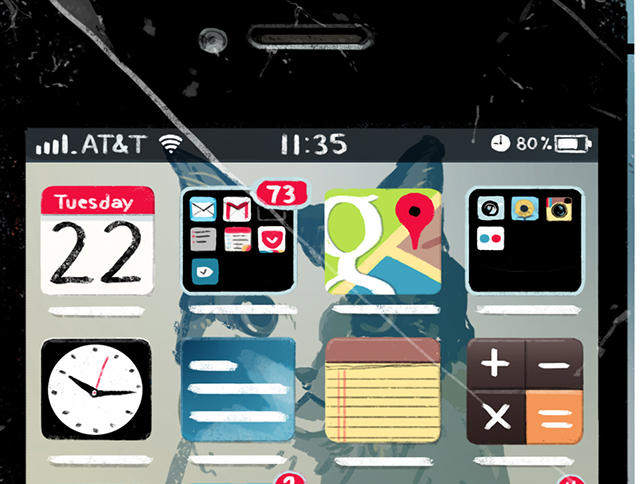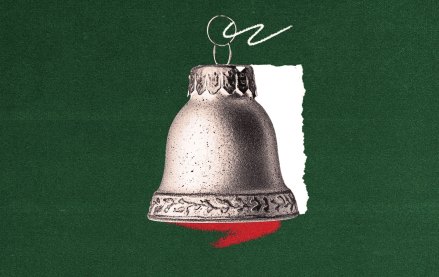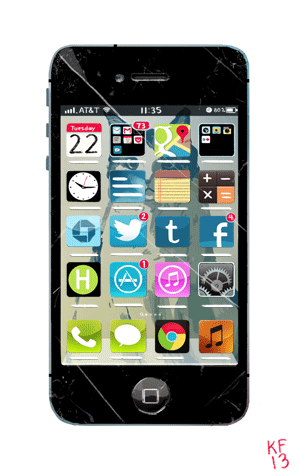
Maury Postal is associate creative director at Social@Ogilvy. Follow him on Twitter @mopostal.
In our modern age of hyper-communication, simple written language is no longer simple. To communicate effectively in the present, we must embrace the endless possibilities that exist beyond the written word. The essence of a complex emotion can now quickly be expressed through a few frames of thoughtful and captivating motion.
How did we get here? Through the evolution of an early, entirely functional file format, the GIF. Originally meant to transform the Internet into a more visual world, the GIF is now the common platform for portable, delightfully out-of-context entertainment. The genesis of this newfound fanaticism over small units of repetitive scenery is firmly rooted in past and present human behavior. Throughout history, there have been many instances of honest entertainment starting with the observation and celebration of simple, memorable moments in the physical world.
As marketers, we must come to terms with the return of simple emotional pleasures. As volatile as real emotions are, these can be manifested through the expression of many logical feelings or become something of a true spectacle, bordering on the absurd and irrational. Whatever their form, they all must to be relatable and repeatable. The very nature of society can be synthesized down to an asynchronous, platform-agnostic, meme-friendly set of imagery.
Embracing and understanding the cultural nuances of the moving image is only part of the equation. Applying those learnings in a smart, fluid and expressive manner is the only way for a modern brand to form a tightly knit emotional bond with the very people who communicate and share with their hearts, instead of solely listening to their heads.
For Lincoln, for example, we challenged ourselves to redefine what the essence of the brand would look like to a group of people that now communicate through emotion-defining imagery. To do this, we couldn’t pull from the past. Instead, we had to interpret what larger cultural elements would resonate and reinforce the soul of the reborn automaker. We focused on how an entire state of mind could characterize a simple moment in time: seducing and enchanting the cultural zeitgeist into being a part of our animated Shangri-La, while preparing a new future for the brand.
.gif via Kyle Fewell
More in Marketing

Pandora is betting on AI agents to scale service and emotional selling during the peak holiday season
Pandora is using AI agents to scale customer service and replicate emotional in-store selling online, just as peak season puts pressure on margins and teams.

Rembrand’s CEO wants to grow virtual ad placements in streaming, and he’s looking elsewhere for models
Omar Tawakol wants to improve advertising within the streaming world, and is working with advertisers and publishers to improve that experience.

Marketers are keen to use generative AI in ad campaigns, but hidden costs lurk
Marketers across the industry want to use AI to cut down on time spent in creative production. It’s not so simple in practice.






